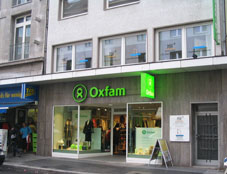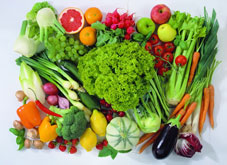
Georgia’s population has no material access to food
By Tatia Megeneishvili
Thursday, June 16
Approximately 50% of the Georgian population cannot easily afford food. The information was spread by Oxfam based on their own survey.
Oxfam has been carrying out a 4-year project Improvement of National Strategy for Food Safety and Support to Small Farmers in the South Caucasus, funded by the European Union (EU), since 2013.
According to Oxfam, the survey showed an alarming situation in both Georgia and Armenia.
Based on the survey conducted in Georgia, only 1/3 of the total population and only 33 – 34 % of women and children consume iron-rich meat products. In addition, only 24 - 25 % of the elderly population has access to animal products.
According to the survey, 50% of women whose monthly income is between 100 - 1000 GEL receive only 4 groups food products, instead of the recommended 10 groups.
“While the rest of the family receives 5 or more groups of food, women do not eat much fruit and meat. Also, 50 % of the population suffers from problems of financial access to food. 61 % of the population lacks meat and fish, 45 % has no access to the fruit and the vegetables, 20 % have few milk products. The problem becomes sharper due to the fact that about 14 % of families regularly borrow money to buy food,” reads the survey.
According to the survey, about 50% of juveniles between ages 10 – 17 have a lack of food rich with vitamins, albumen and iron. This has a negative effect on children’s physical and mental development, creates protein deficiencies, anemia and slows growth rates.
According to the survey, production of food is low while the prices are too high. Also, the use of starch products is lower then use of protein rich products.
“This causes growth impediments in children. Also, Georgia uses about 50% of imported food products. In addition, the main producers of food products are women. 54 % of farmers in Georgia are female, and 53% of the country's population is employed in the agricultural field. 54 % of total income is spent on food products. Also, access to food products in the highland regions is a problem, which is caused by climate and infrastructural problems,” reads the survey.


